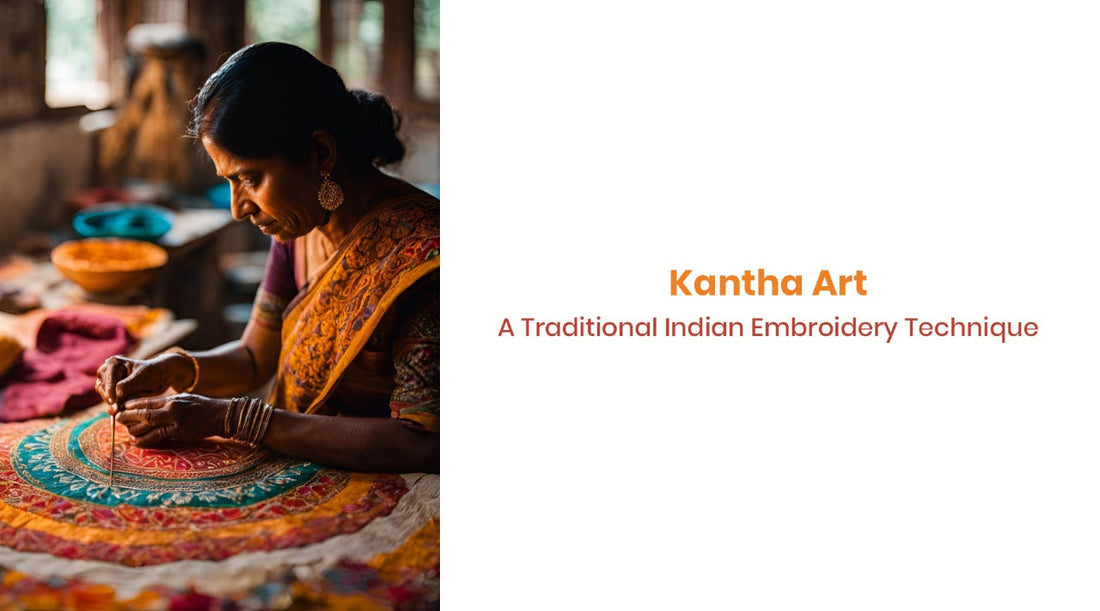
Kantha Art: A Traditional Indian Embroidery Technique
Share
Kantha art is a traditional form of embroidery that originates from the Indian subcontinent. This unique art form has been passed down through generations, with each piece telling a story through intricate stitching.
Origins of Kantha Art
Kantha embroidery originated in Bengal and Bangladesh. It was traditionally used to repurpose old saris and dhotis, transforming them into beautiful and functional textiles.
Techniques Used in Kantha Art
The most common stitch used in Kantha embroidery is the running stitch. This stitch creates a beautiful pattern when repeated in rows or clusters. Other stitches, such as the darning stitch and satin stitch, are also used to add variety and texture to the designs.
Themes and Motifs in Kantha Art
Kantha embroidery often features motifs inspired by nature, such as flowers, birds, and animals. Themes of everyday life, folklore, and mythology are also commonly seen in Kantha art pieces.
Significance of Kantha Art
Kantha art holds cultural and historical significance in India and Bangladesh. It serves as a form of artistic expression and storytelling, preserving traditions and heritage.
Modern Adaptations of Kantha Art
In recent years, Kantha art has gained popularity beyond South Asia. Contemporary designers are incorporating Kantha embroidery into fashion and home decor, giving this traditional art form a global platform.
Kantha art is a beautiful and timeless form of embroidery that continues to captivate audiences around the world. Its rich history, intricate designs, and cultural significance make it a cherished art form that will endure for generations to come.








